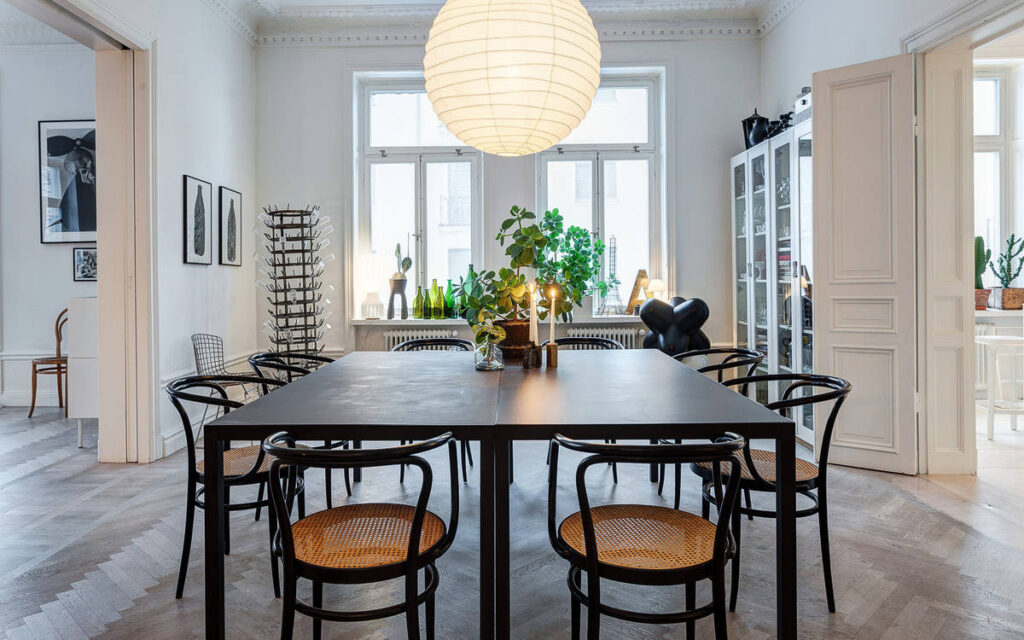
What happens when you cross exquisite Scandinavian craftsmanship with function-over-form Modern design? You get back-to-basics Danish Modern style. It’s filled with beautifully simple housewares and furniture, all designed in Nordic countries from the 1920s to 1960s. Time to dive in and learn more about the style that inspired a generation of Scandinavian designers.
Origins of Danish Modern Style
Danish Modernism (also called Scandinavian Modernism) found its beginnings in the roots of the Bauhaus and Functionalist movements. Bauhaus design emphasized clean, pure lines, while Functionalism sought to prioritize an object’s function over an object’s form. These two principles, along with the rich Danish tradition of careful craftsmanship, shaped Danish Modern design.
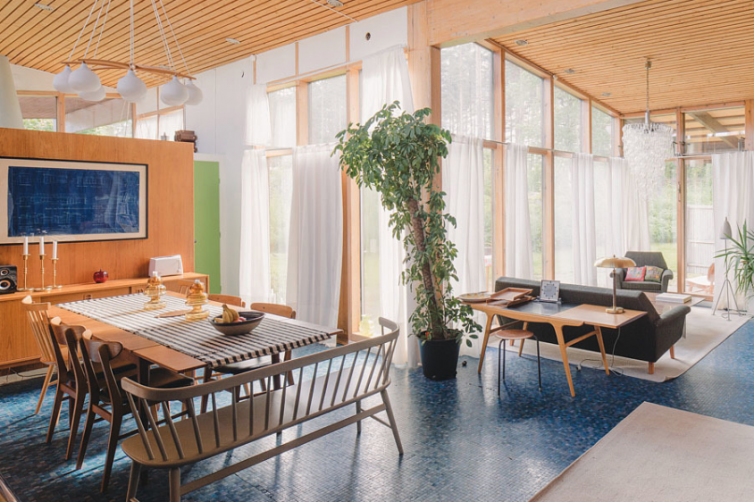
The style originated in the late 1920s, thanks to collaborations between Danish architects and cabinet-makers. In 1924, Kaare Klint founded an influential furniture school within the Royal Academy in Copenhagen. Danish Modernism continued to morph throughout the 1930s, as young designers and architects were trained in it. In the ’40s the scarcity of materials in a postwar world led designers to turn new materials such as bent plywood.
Eventually, the Museum of Modern Art in New York City purchased some Scandinavian Modern furniture for Frank Lloyd Wright’s Fallingwater house. Soon after, American interest in Danish Modern style skyrocketed, and Danish Modern designs found their way into American homes.
Icons of Scandinavian Modern Style
Danish Modern style would be nothing without the talented designers who helped create it. Their work spans decades and continents, and is filled with innovative, minimal and organic designs made with the utmost care.
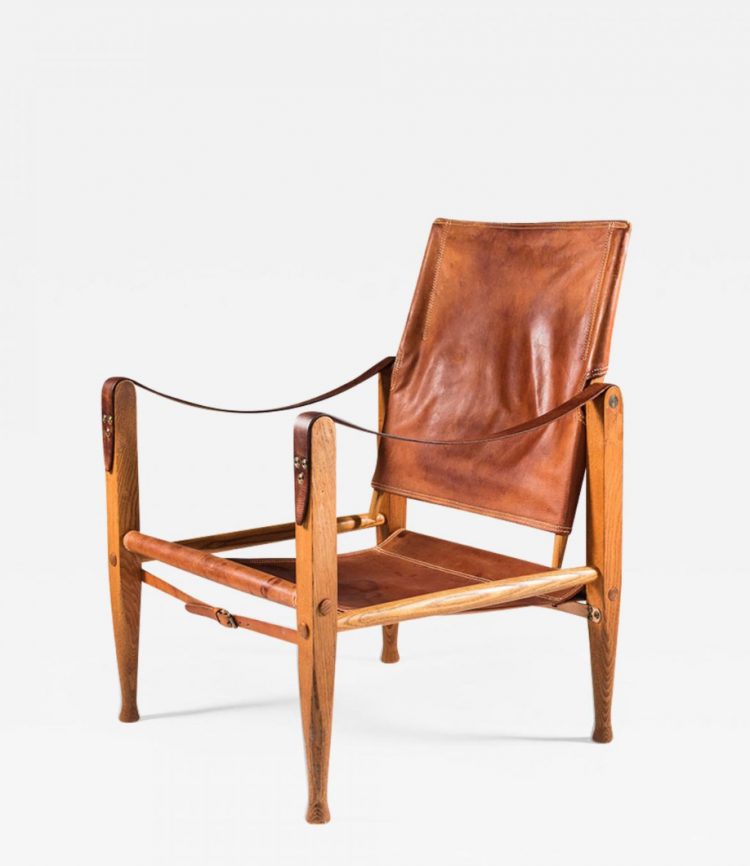
Kaare Klint
Klint is considered one of the forefathers of Scandinavian Modern design, thanks to his work in starting the Furniture School at the Royal Danish Academy of the Fine Arts in 1924. He was inspired by functionalist ideas like function over form, and brought them into his own designs and teachings. One of his most well-known creations is the Safari Chair.
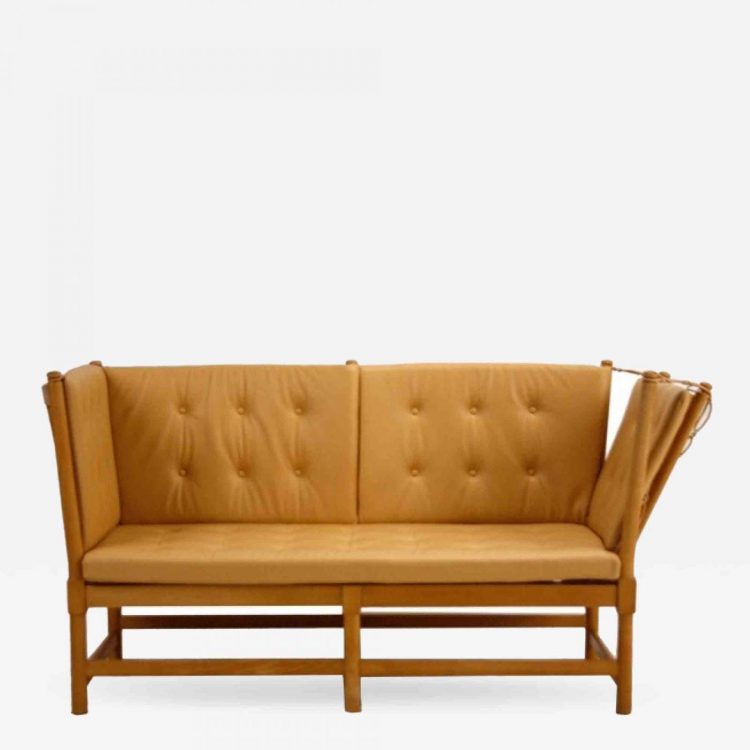
Børge Mogensen
Mogensen studied at the Royal Academy under Klint, and adopted many of his ideas into his own works. Mogensen placed a high value on functionality in his designs, and sought to make his furniture easily mass-produced. With his strong, simple lines and his focus on what design can do for you, Mogensen’s furniture is beautifully minimal and practical. A popular design of his is the Spokeback Sofa.
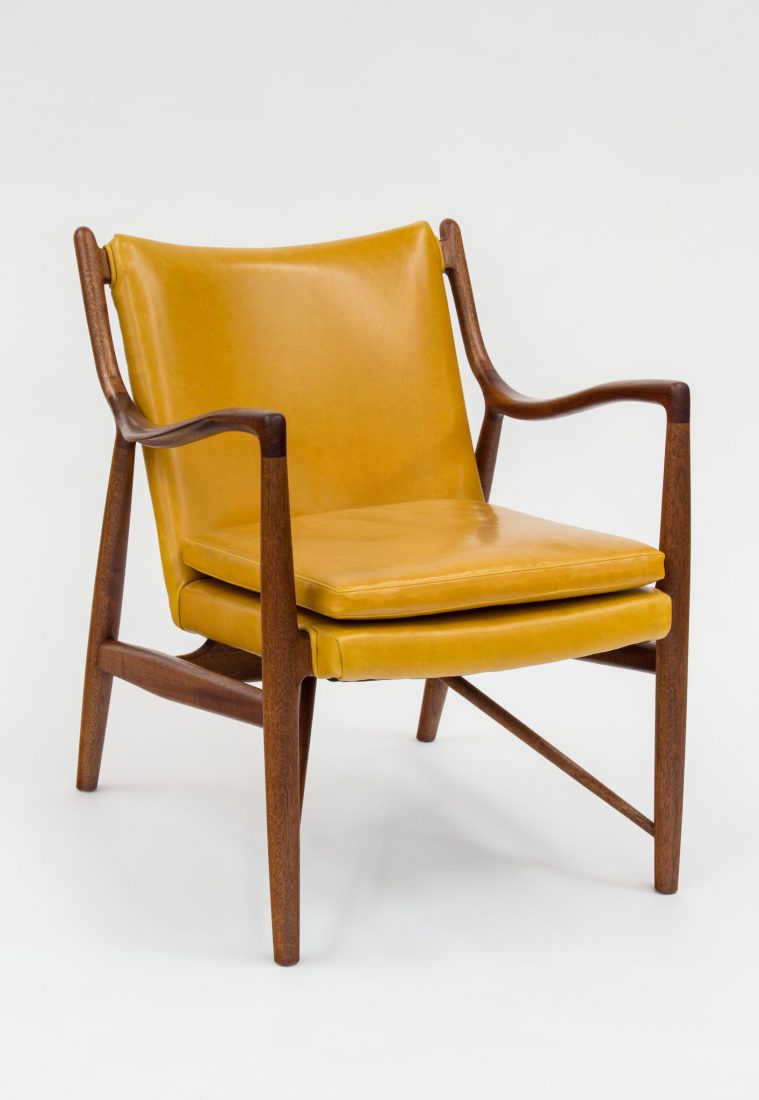
Finn Juhl
Although he also attended the Royal Academy, Juhl broke from the traditions of Klint and instead focused on emphasizing the form of his designs. Juhl’s furniture was sculptural, colorful and organic. An example of this is Juhl’s 45 Chair. Juhl also helped pave the way for Scandinavian Modern design in the US, as he helped furnish the interiors of the United Nations Headquarters in New York.
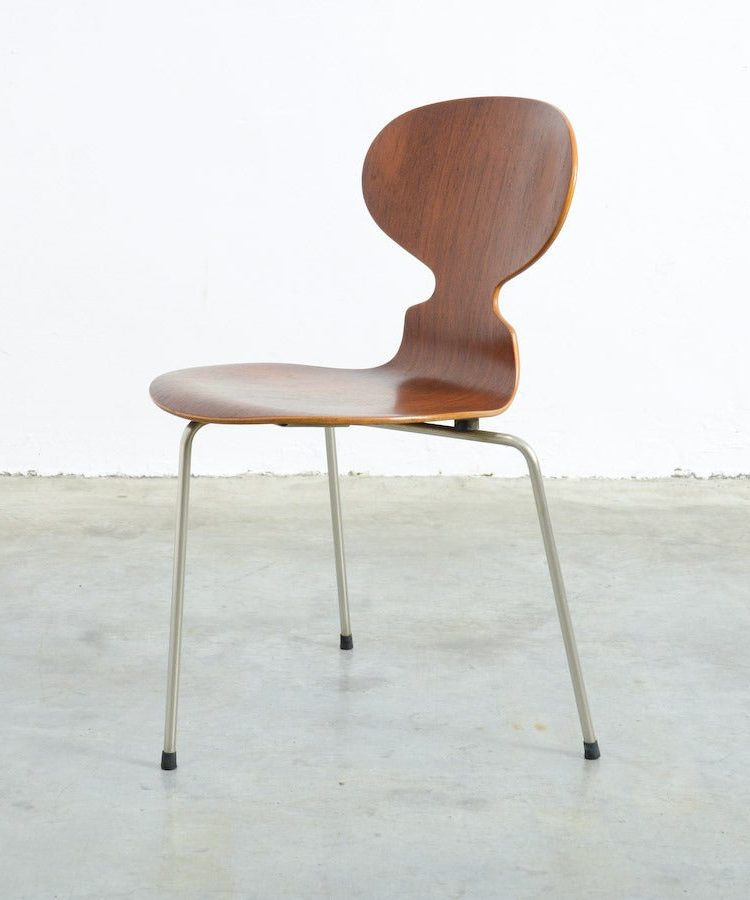
Arne Jacobsen
Interestingly enough, Jacobsen considered himself first and foremost an architect. Jacobsen attended the Royal Academy, then started designing homes and hotels and started designing his famous furniture to furnish them. Jacobsen is known for his masterful use of bent plywood and the organic shapes of his designs. One of his most well-known pieces is his Three Legged Ant Chair.
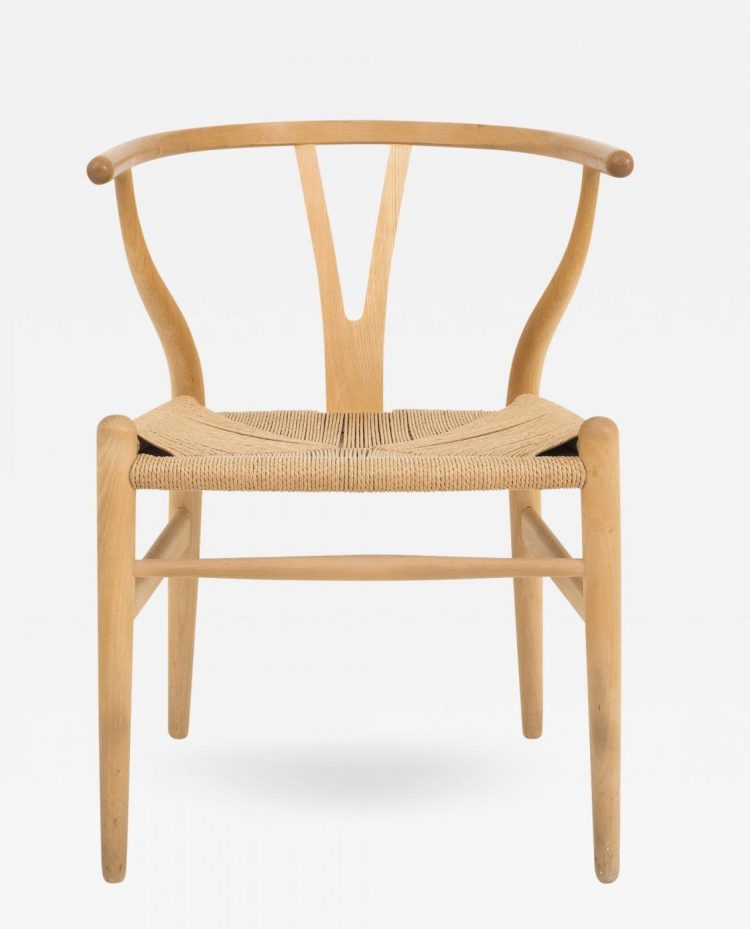
Hans Wegner
Next in the Danish Modern lineage comes Wegner. Wegner apprenticed under Jacobsen, then started his own furniture studio. In doing so, he created hundreds of designs, many of them inventive and innovative chairs. His designs were simple and inspired by organic shapes, like Jacobsen. One of his more popular ones is the Wishbone Chair.
Danish Modern Style Today
Scandinavian Modern furniture is still incredibly popular today–in fact, it’s become quite the collector’s item. As, Julian Goldklang of Mid Century Møbler, says: “You can’t really wander across an estate sale anymore and find a cache of [Danish Modern] pieces that someone purchased back in the day, because everybody knows what everything is.”
Thankfully, you can find Danish Modern inspired designs at plenty of furniture stores: Target, AllModern, and (of course) IKEA. Danish Modern furniture fits in perfectly with other Mid Century Modern pieces, or it can work well mixed in with some Eclectic or Bohemian style items. It’s timeless, beautiful and versatile. Check out some of our favorite ways to use it in your home:
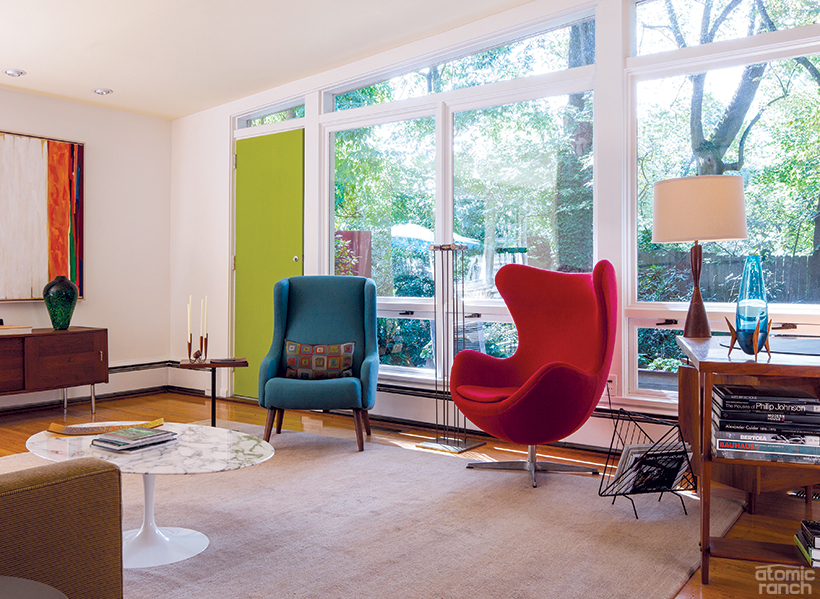
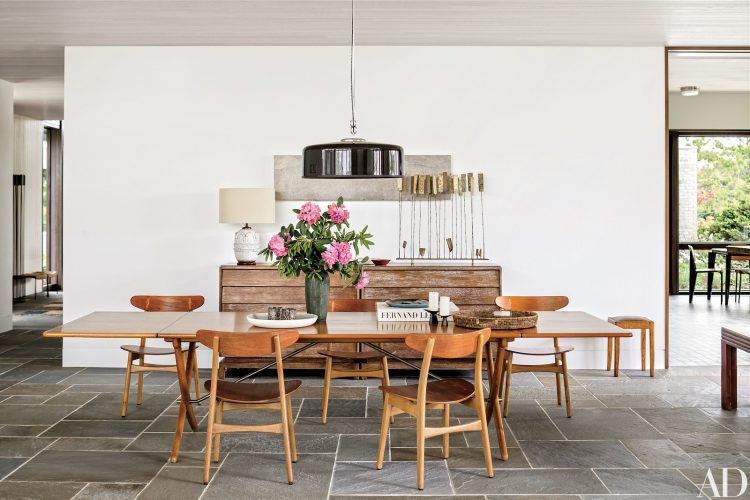
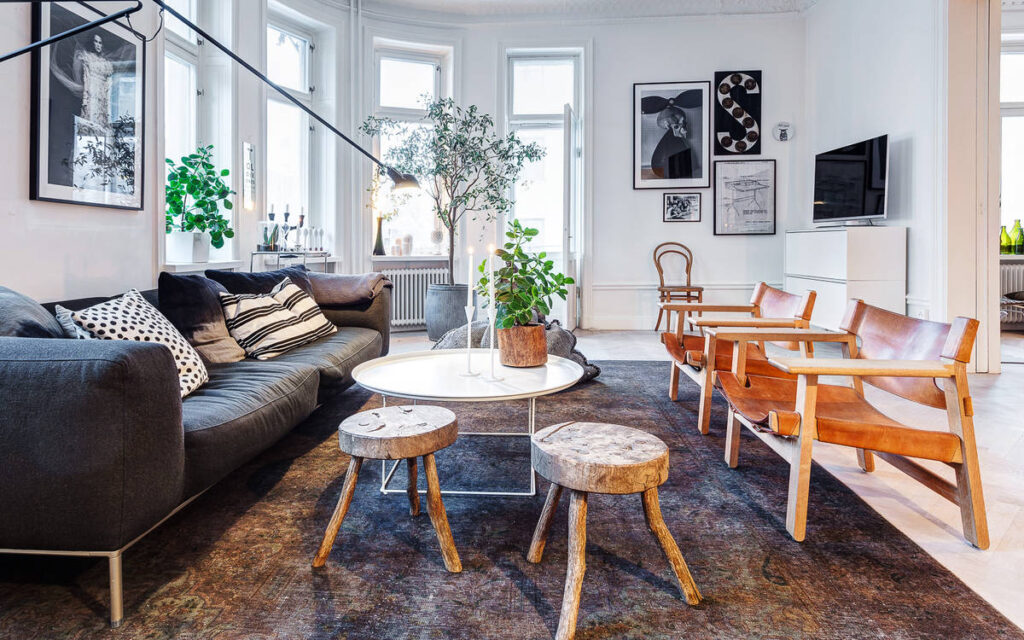
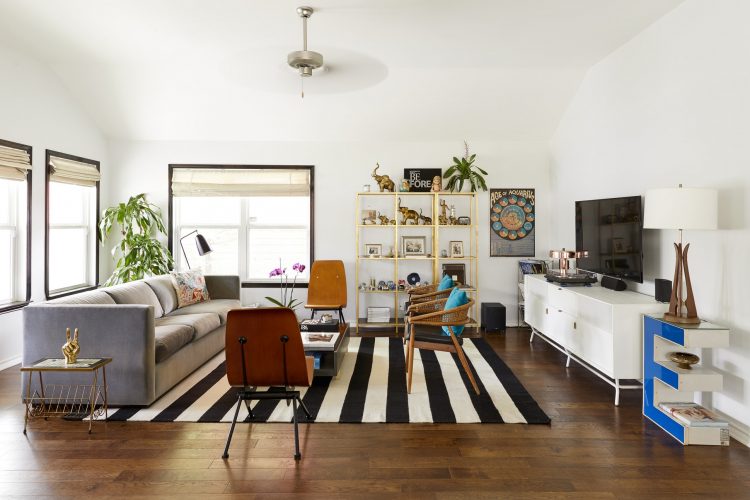
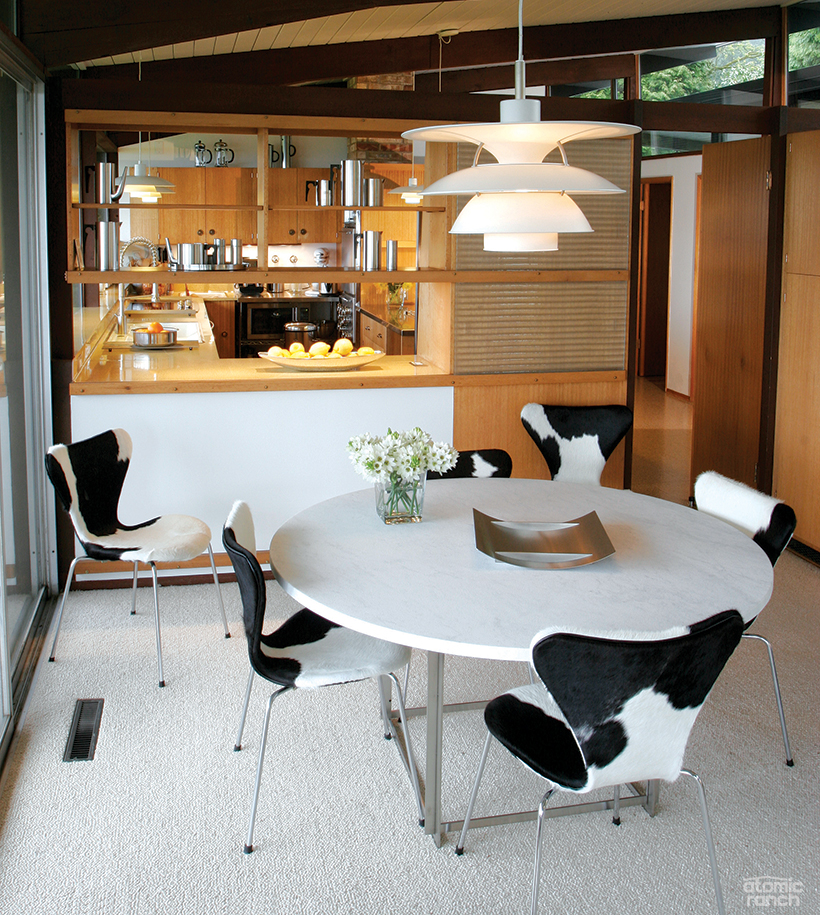
Looking for ways to score some Danish Modern furniture? Check out this post. And of course, don’t forget to follow us on Instagram, Facebook and Pinterest for more Mid Century Modern inspiration!

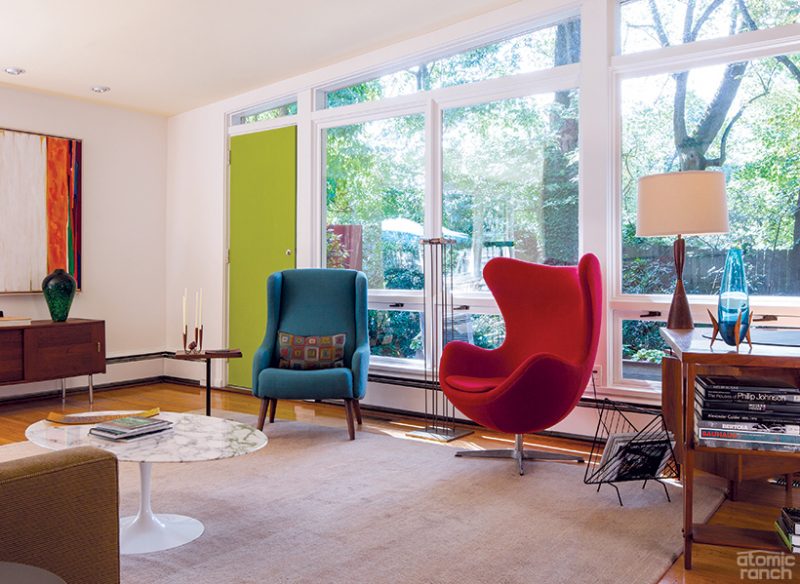










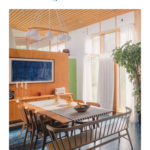

1 comment